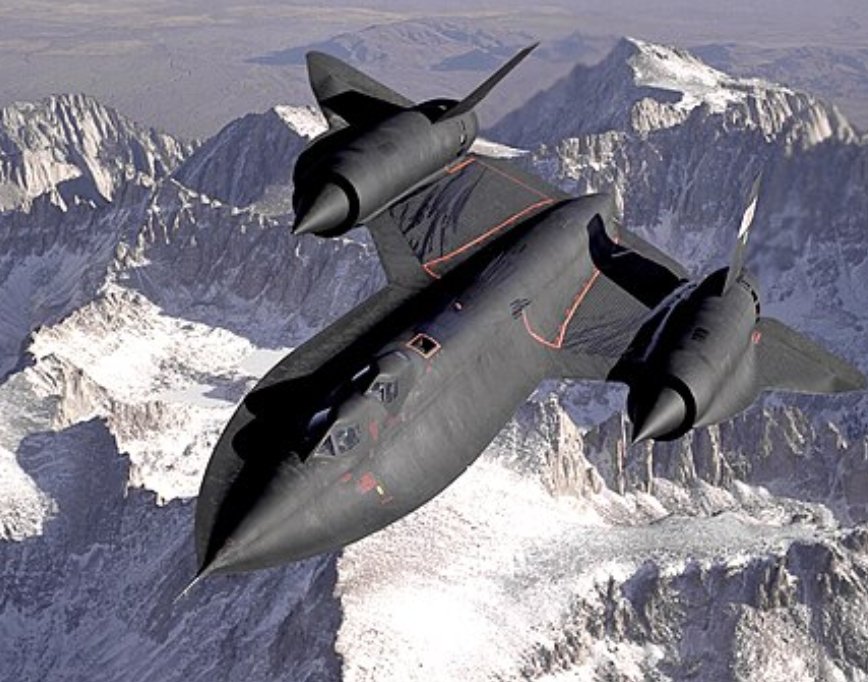The Fastest Plane in the World: An Engineering Marvel
In the relentless pursuit of speed, humans have engineered planes that defy imagination. The fastest plane in the world, the North American X-15, stands as an unparalleled symbol of technological innovation and sheer audacity. This hypersonic jet shattered records and defined an era of extreme aviation that remains a benchmark for speed and performance.
A Legacy of Record-Breaking Speed
The North American X-15, designed in the 1960s, still holds the crown for speed and altitude. On October 3, 1967, test pilot William J. Knight flew this astonishing aircraft at a jaw-dropping speed of 4,520 miles per hour (Mach 6.7). No other manned aircraft has come close to this record-breaking velocity. Its ability to reach the edge of space made it instrumental in advancing space exploration technology, laying the groundwork for future innovations.
What Makes the X-15 the Fastest Plane in the World?
- Rocket-Powered Excellence: Unlike traditional jets, the X-15 was powered by a Reaction Motors XLR99 rocket engine. This gave it the thrust to achieve speeds beyond the capabilities of most aircraft.
- Thermal Protection: Traveling at such speeds creates immense friction and heat. The X-15 was designed with heat-resistant materials, including an Inconel X alloy, to withstand temperatures exceeding 1,200°F.
- Aerodynamic Innovation: Its unique design, with wedge-shaped vertical stabilizers and short wings, minimized drag and allowed it to handle the intense forces of hypersonic flight.
How Does the X-15 Compare to Modern Aircraft?
While the X-15 remains unmatched in raw speed, modern advancements have led to the development of high-speed aircraft with unique applications. The Lockheed SR-71 Blackbird, for example, held the title of the fastest air-breathing jet with a top speed of 2,193 mph (Mach 3.3). However, unlike the X-15, it relied on turbojet engines and operated in Earth’s atmosphere.
Beyond the Atmosphere: The Role of the Fastest Plane in Space Exploration
The X-15 was not just an aviation marvel but also a stepping stone for space exploration. Reaching altitudes of over 50 miles, it was considered by NASA as part of its astronaut program. Several pilots earned their astronaut wings aboard the X-15, testing human endurance and engineering under extreme conditions.
Pushing the Limits: The Quest for Hypersonic Travel
Though the X-15 holds the crown for the fastest manned aircraft, modern aerospace engineers are exploring hypersonic travel. Companies like Boom Supersonic and programs like NASA’s X-43A aim to create commercial and military aircraft that could travel at Mach 5 and beyond. These innovations could revolutionize global travel, reducing intercontinental flights to a matter of hours.
The Challenges of Breaking Speed Records
Breaking speed records requires overcoming significant challenges:
- Heat Management: As speed increases, so does the heat generated by air friction. Materials capable of withstanding extreme temperatures are critical.
- Fuel Efficiency: Hypersonic speeds demand immense amounts of energy, requiring advances in fuel technology and propulsion systems.
- Safety and Stability: Maintaining control at hypersonic speeds is a delicate balance. Engineers must account for aerodynamics and the potential for catastrophic failure.
The Future of the Fastest Planes
The aviation industry continues to dream of building planes faster than the X-15. The pursuit of speed now focuses on hypersonic aircraft and spaceplanes that could revolutionize transportation. These futuristic planes could reduce travel times drastically, open new frontiers for tourism, and enhance military capabilities.
Why Does the Fastest Plane in the World Matter?
The story of the X-15 and other record-breaking aircraft is about more than just speed. It’s a testament to human ingenuity, a reminder of the daring spirit that pushes boundaries and embraces the unknown. These aircraft serve as a bridge between science fiction and reality, inspiring generations of scientists, engineers, and dreamers to reach for the stars.
FAQs
What is the fastest plane in the world?
The North American X-15 holds the record as the fastest manned plane, reaching speeds of Mach 6.7 (4,520 mph).
How fast is the X-15 compared to other planes?
The X-15 is nearly twice as fast as the SR-71 Blackbird and significantly faster than modern fighter jets, which typically max out at Mach 2.
What makes the X-15 so fast?
Its rocket engine and heat-resistant design enabled it to reach hypersonic speeds.
Can commercial planes reach hypersonic speeds?
Not yet, but ongoing research in hypersonic travel aims to create commercial jets capable of traveling at Mach 5 or higher.
Is the X-15 still in use?
No, the X-15 program ended in the 1970s, but its legacy continues to influence modern aerospace technology.
What future developments could surpass the X-15?
Advances in hypersonic technology and spaceplane designs may eventually surpass the X-15’s speed records.
Inbound Links Suggestions:
- Learn more about Lockheed Martin SR-71 Blackbird history and innovations.
- Explore NASA’s contributions to hypersonic travel and space exploration.




